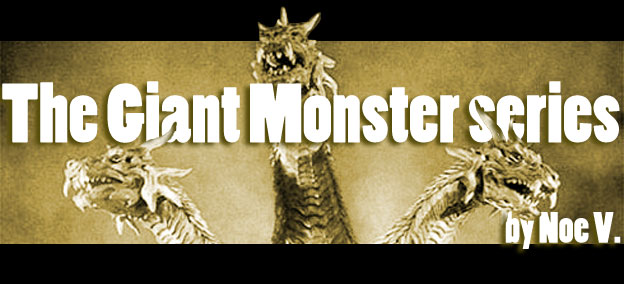
In 1986 the game console was trying to make a comeback in North America. The Nintendo Entertainment System had barely been out for a year. The boom and bust of the Atari 2600, released in 1977, had burned many retailers. The console was expensive as were the games. Many of the games were fun but very rudimentary. The subsequent release of the Atari 5200 in 1982 and Atari 7800 in 1986 were met with mixed reviews. Retailers felt that the technology for arcade quality at home experiences were still a long ways off. They would be right but not for long. What the retailers failed to understand was that the developers were learning to work with the limitations of the hardware, not despite them.

Nintendo would release hit after hit for their NES. Metroid, Super Mario Bros, Kid Ikarus, Mike Tyson's Punch-Out and the Legend of Zelda rightfully earned dedicated followings. The first generation of 8-bit gaming was well underway. The PC as game system was beginning to gain momentum as well. The Apple II, Commodore 64 and its family-friendly Amiga were finding their way into many homes and earning many followers. The PC was capable of putting more colors on screen than game consoles, have sprites that were larger and offered more frames of animation as well. While the home PC did not match up to the arcade hardware it was still much closer to it than the consoles. As such gamers expected more immersive experiences on PCs than home consoles. Things like saving games and customizing controls were featured on the PC well before cartridges were being equipped with internal batteries.
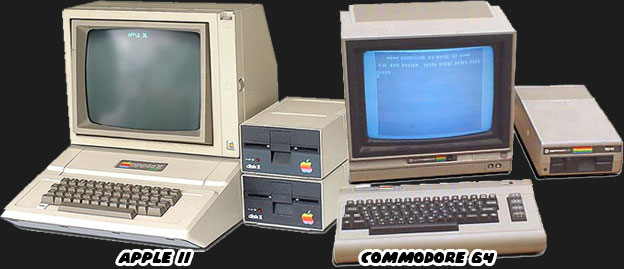
The giant monster found its niche on the PC that year. The Epyx Movie Monster Game came out in 1986. It was remembered for licensing the biggest monster star of all. Godzilla appeared on the box art as well as was a playable character. Epyx had first tried out the giant monster genre in 1981 with the game Crush, Crumble and Chomp, the Movie Monster Game. The earlier title featured knock-offs of famous movie monsters with names like Goshilla, the Glob and Mantra. Like many early PC games it required a certain level of imagination to enjoy. The second Movie Monster game was much more advanced but still used a number of generic monsters to fill out the ranks. There was a Stay Puft Marshmallow Man knock-off called Mister Meringue, Sphectra the wannabe Mothra, the Glog, a giant robot named Mechatron and a giant spider named Tarantus.
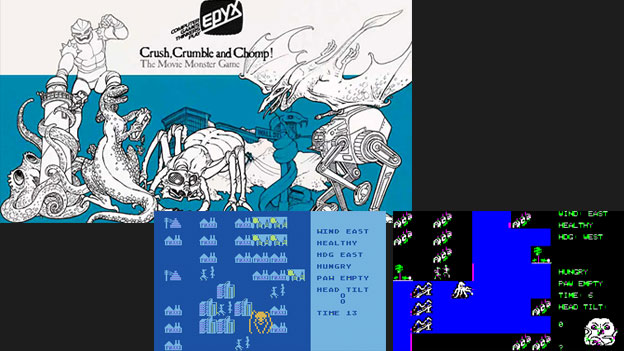
The developers let the genre help dictate the tone of the game. It was a bit of inspired design actually and helped bring players right into the world Epyx had created. The title screen for the game was the front of a classic movie palace. Players selected the type of adventure they were going to have by changing the movie posters above the ticket booth. They first chose which monster would be the star of the feature, then which city they would be visiting and last what the of adventure they would be on. Several major cities from around the world were playable; Tokyo, San Francisco, London, Moscow, Paris and New York. Players could choose to search for an item, usually a monster offspring, escape from the city and pursuing army, go berserk and be scored on how much damage they caused, or destroy a landmark. The next screen completely immersed audiences and was one of my earliest PC gaming memories.
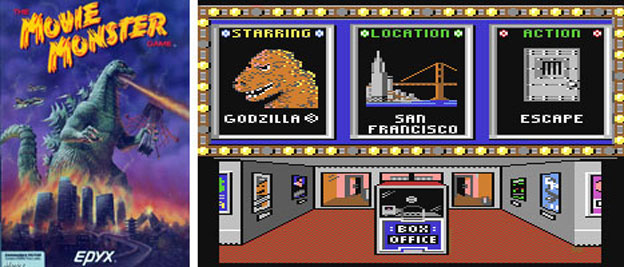
Gamers were placed inside the theater to watch the monster film they had created. The curtain went up and the lights dimmed. There was an advertisement for snacks followed by a preview of other upcoming games by Epyx. Even though I was looking at single screen previews I was completely caught up in the experience. I felt like I was in the movie theater as well. After the trailers the feature presentation screen appeared. A title card announced the origin story of the creature, where it was headed and what it was after. I knew then that no console game could ever hope to match the experience offered by the PC. On top of the movie theater loading screens there were simply too many possible combinations of missions for a single cartridge to hold.
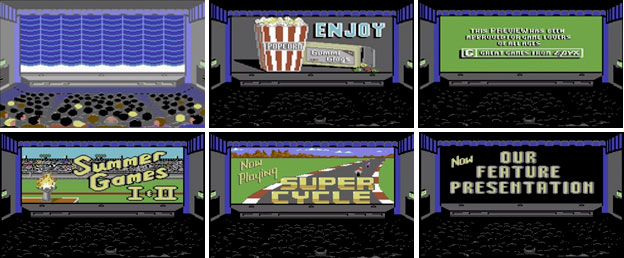
The game dropped players right in the middle of the action. There were a few things to keep track of at the bottom of the screen. A clock kept track of how long the player had been in the city or how many minutes they had to escape. The player had an endurance bar, one attack and the ability to scream or roar. Players could move in four directions, walk over traffic and topple buildings. On missions where players had to search for something or knock over a landmark a second bad would appear to let players know how close they were to the objective. If a player ran out of energy or if they completed the objective then the game would end. The city levels were very large, the ability to walk in any direction opened up the world for exploration. The characters each had their own unique animations and attacks.
No console game even remotely offered what Movie Monster did. It was easy to get caught up in the gameplay when the technology seemed years ahead of anything Atari, Nintendo or Sega had at home. The best part was the sheer number of possible monster / city / objective combinations offered to players. They could go back to the game again and again and never play the exact same experience twice.

When the level ended the screen went dark and the final score was tallied up. Players then found themselves back in the movie theater. The screen would sum up the devastation and whether or not the monster was successful, the credits would then roll. After the credits the lights would come back up in the theater and the curtain would drop again. I enjoyed that there was a virtual theater on the PC just waiting for the next monster movie to queue up. Most other games put players right into the action without letting them get settled into the world that the developers had created. This little bit of immersion went a long way. It demonstrated everything that was right about PC gaming. As much fun as Movie Monster was it was another giant monster game released in 1986 that became the star. We shall look at this game in the next blog.
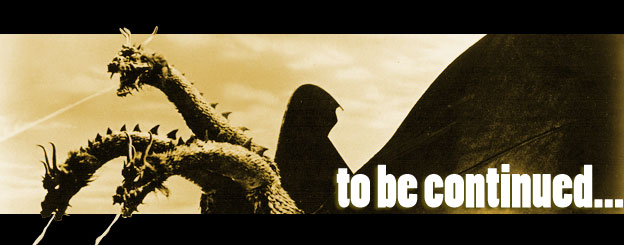
No comments:
Post a Comment